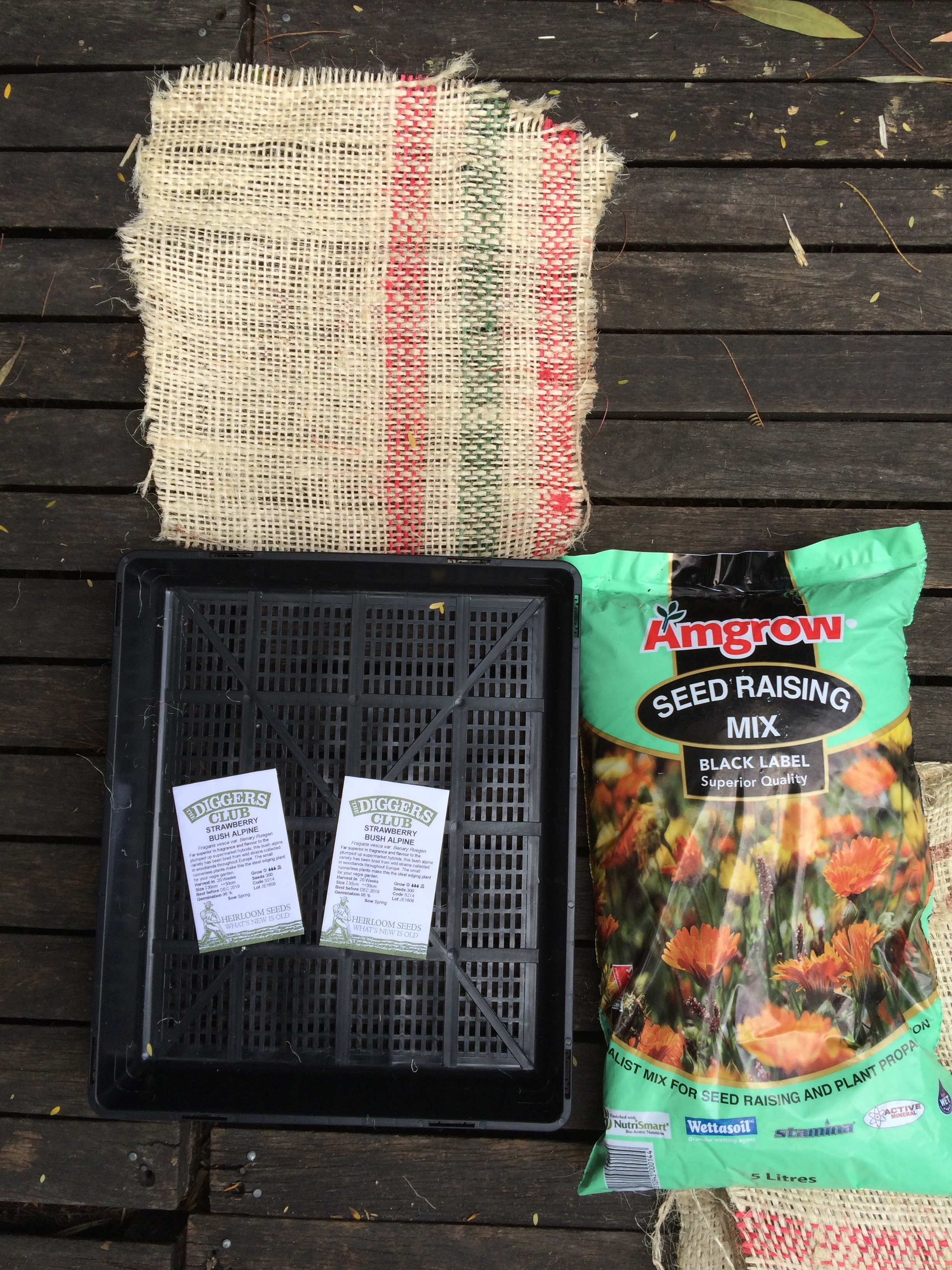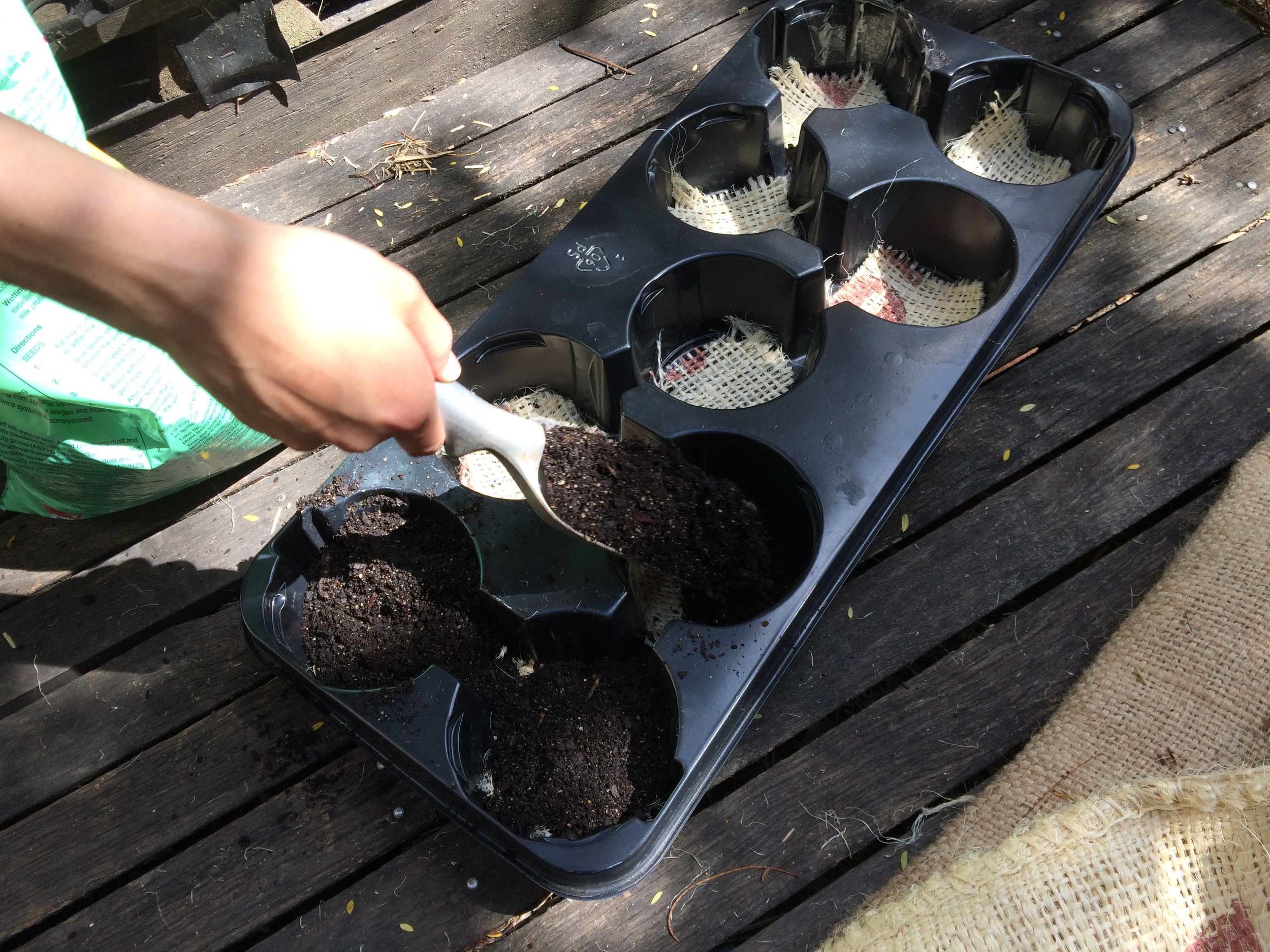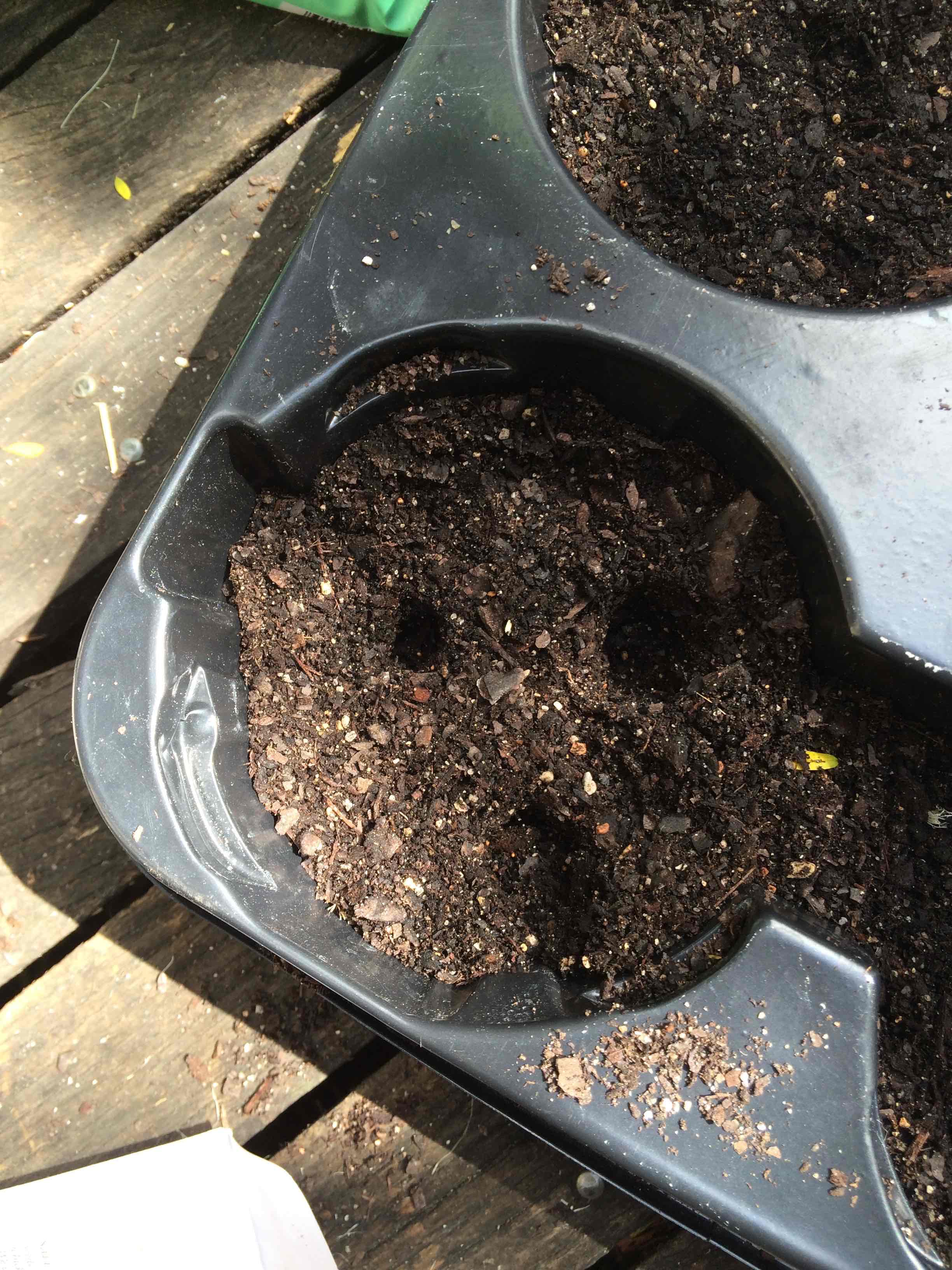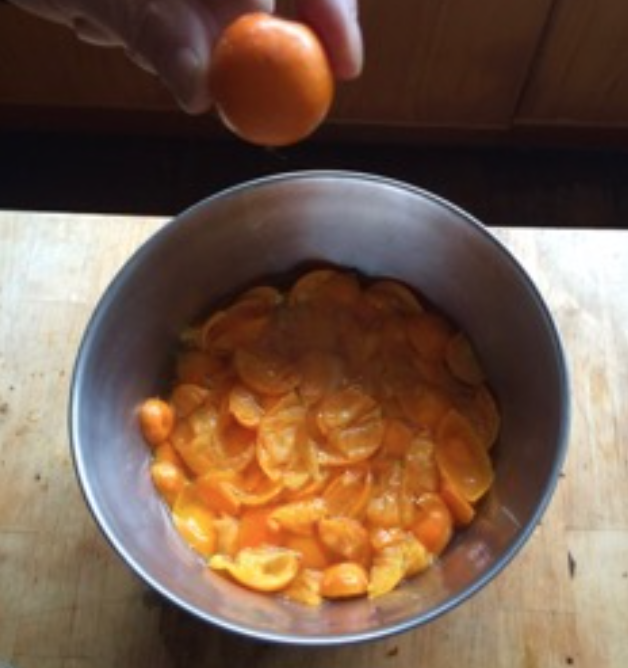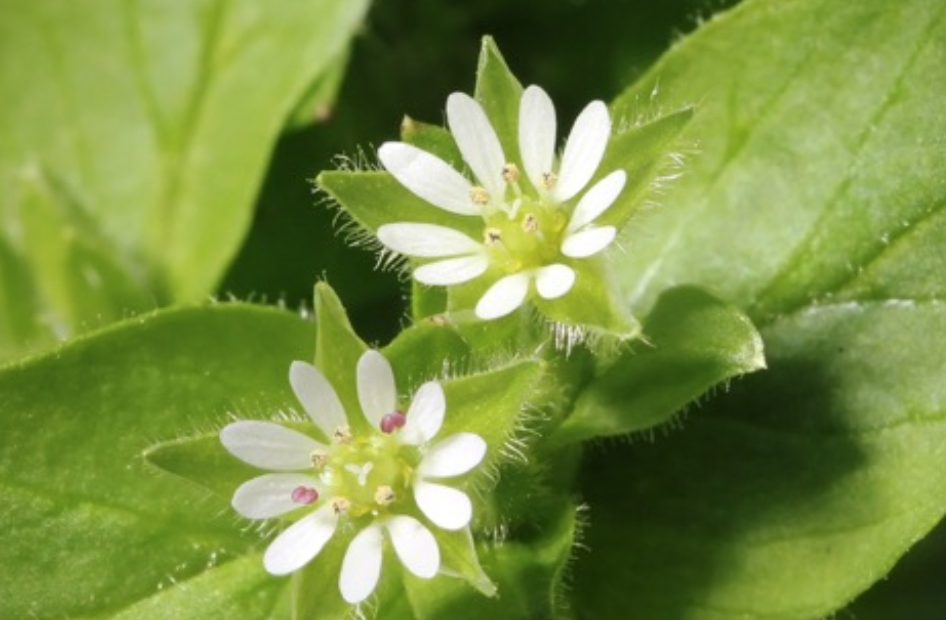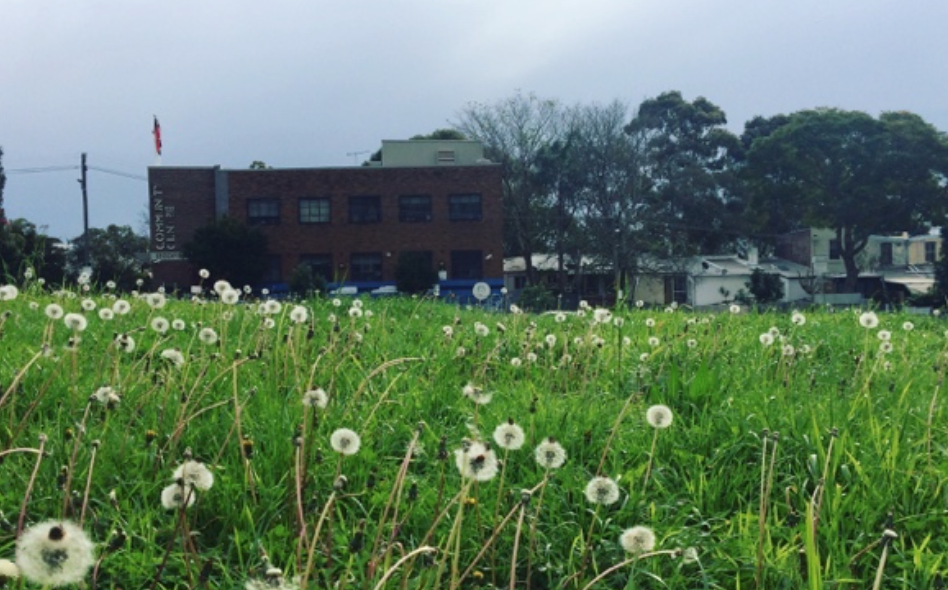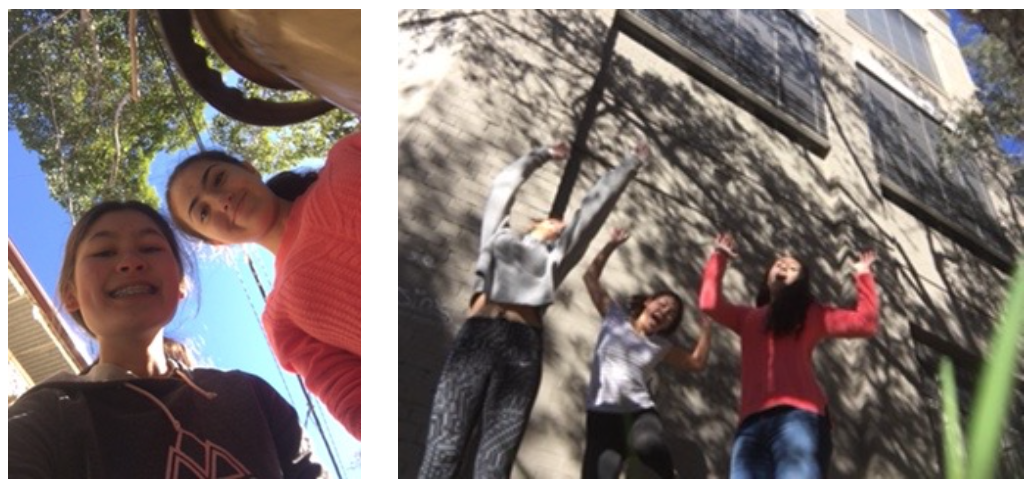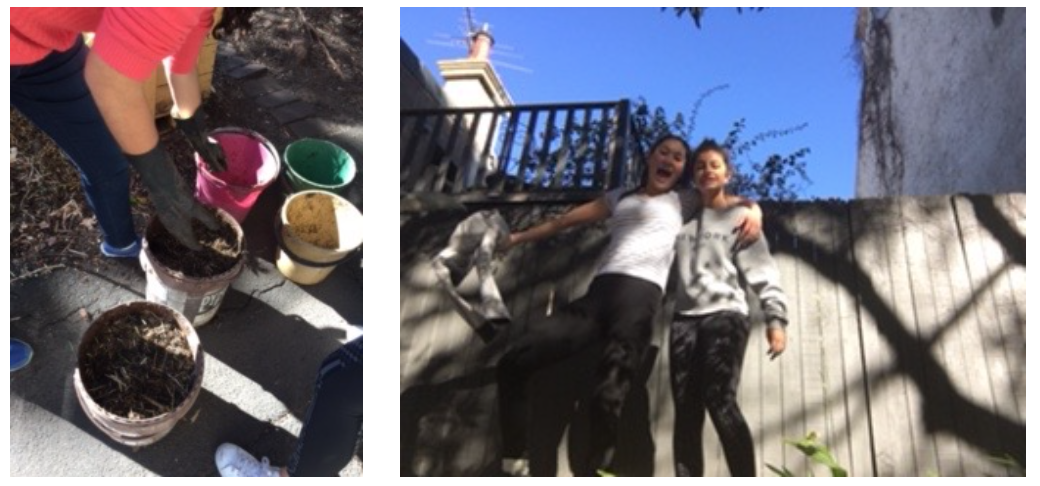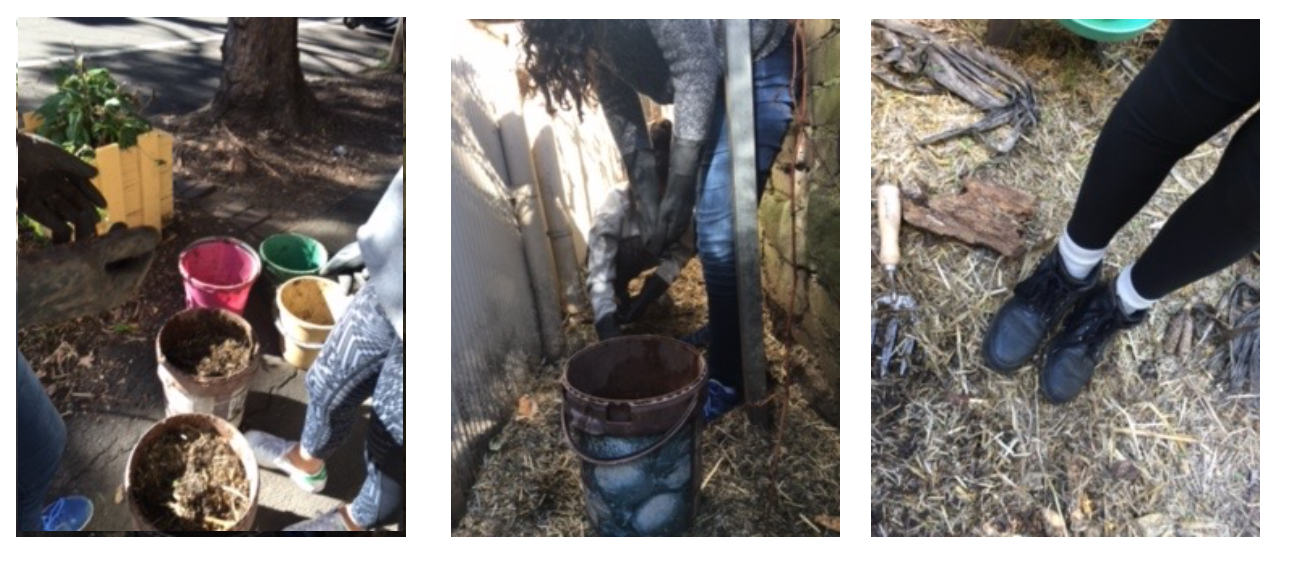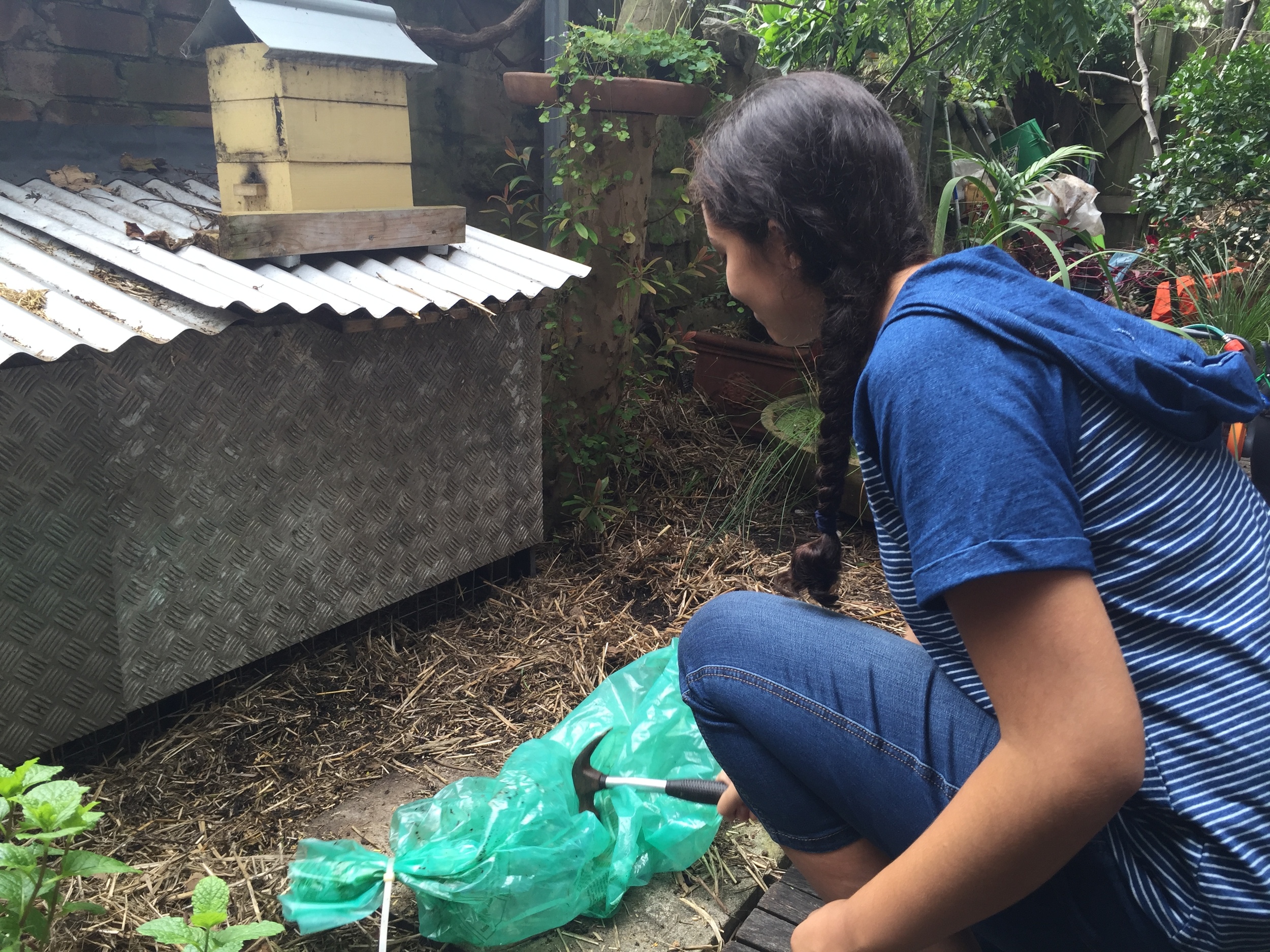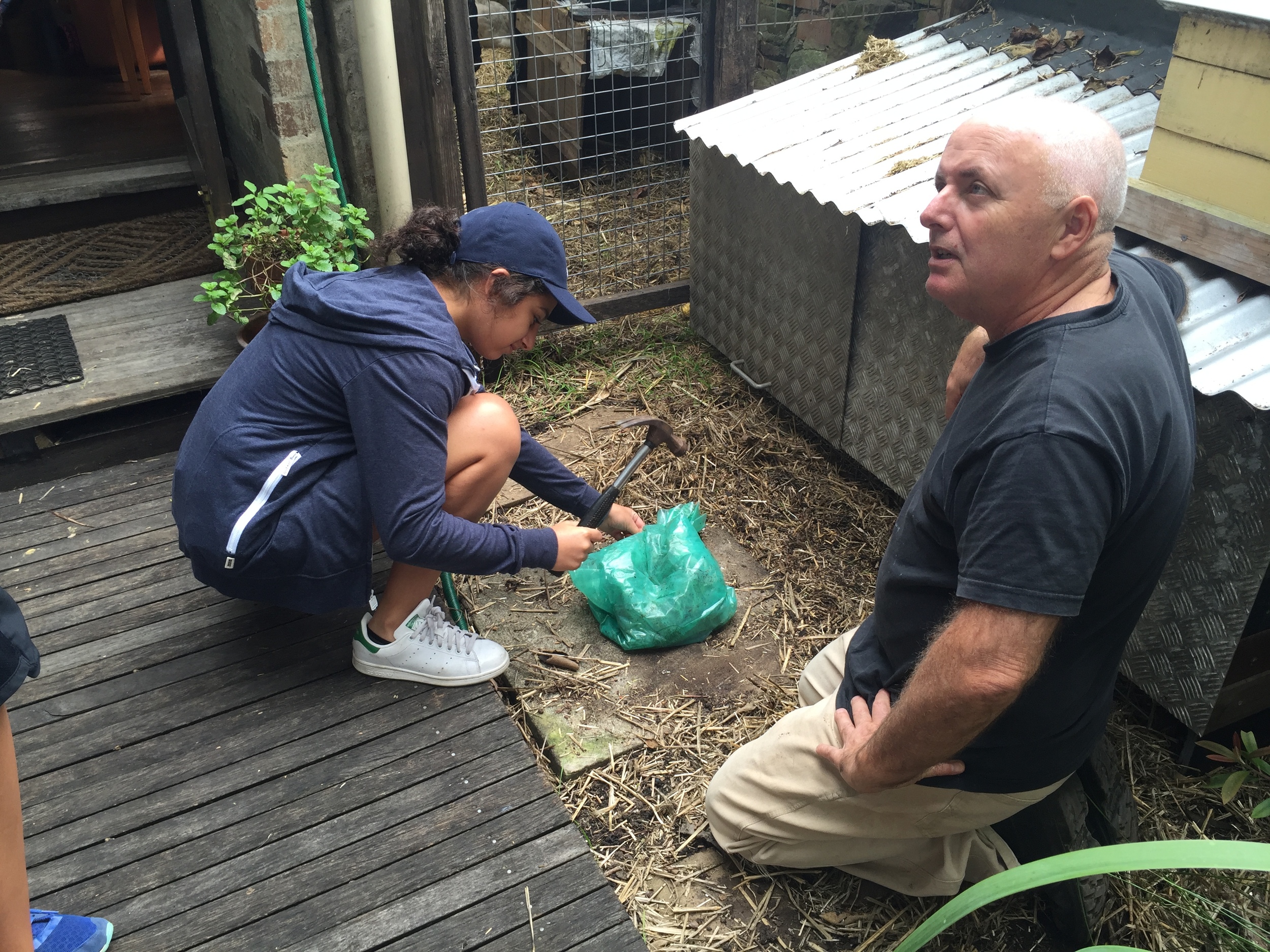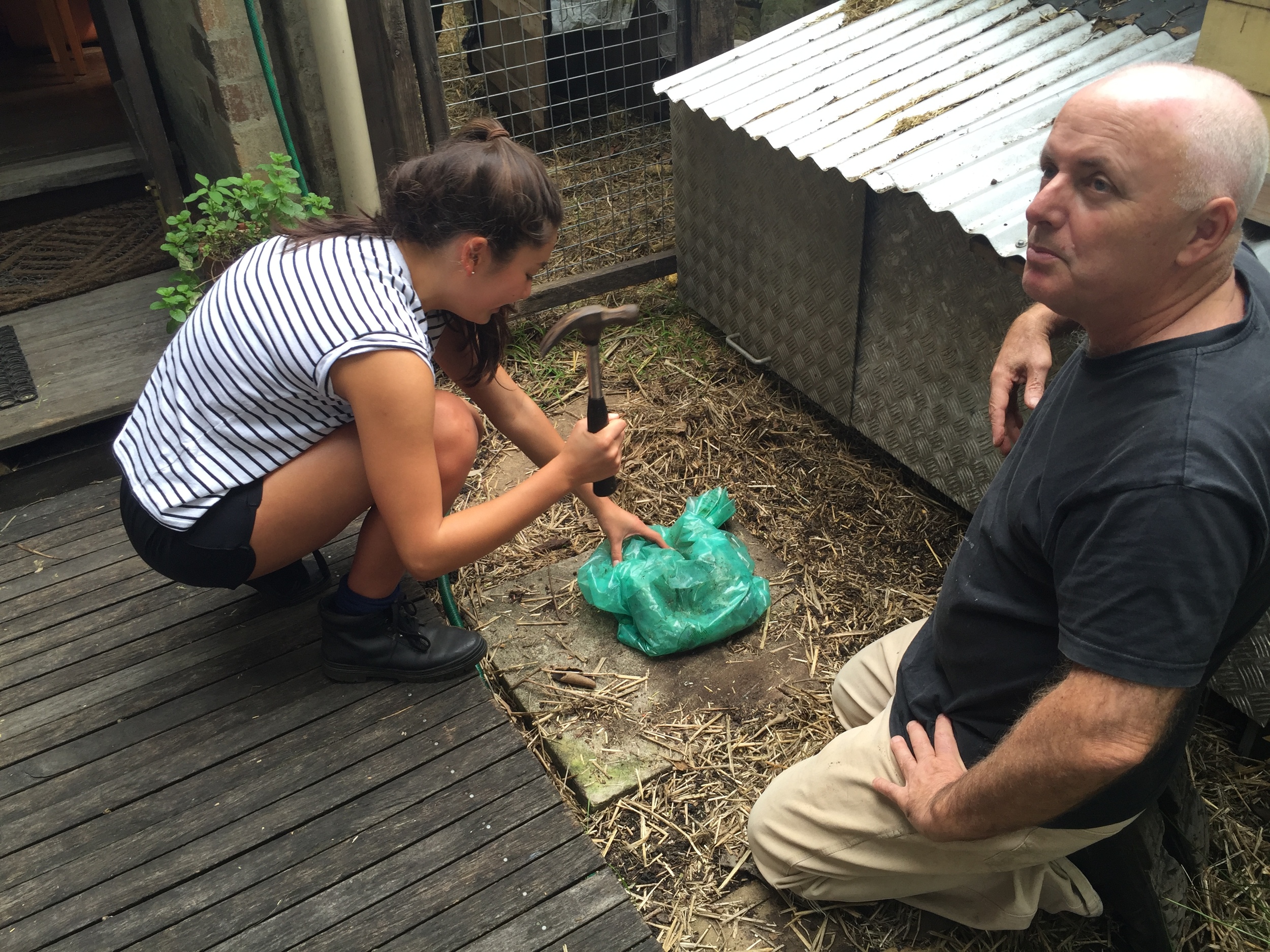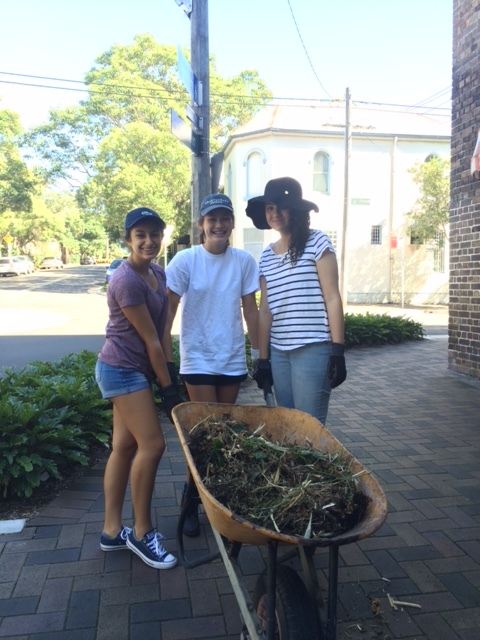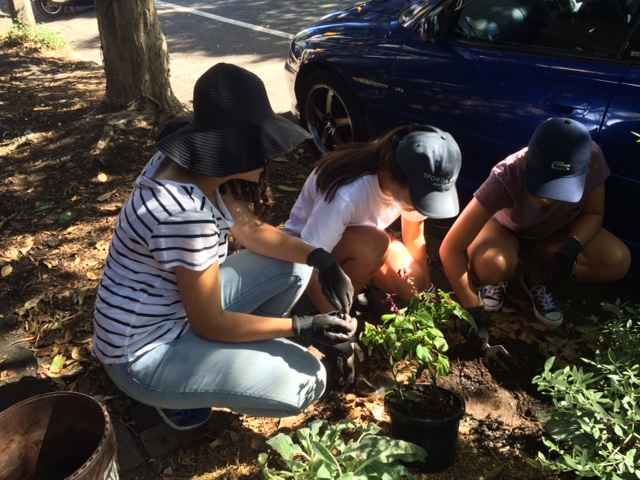PLANTING ALPINE STRAWBERRY FROM SEEDS
By Jessica Tang
27/09/2016
The alpine strawberries (Fragaria vesca) are shade-tolerant ornamental edibles with beautiful small white flowers and sweetly flavoured fruits. They are easy to grow and well behaved in the garden. With the help of this instruction you can have this beautiful fruit growing in your own garden!
· Get the seeds from local Nurseries or online shops.
You may check out the website we bought our seeds from: https://www.diggers.com.au/
· When and where to sow the seeds?
The alpine strawberries are best planted in early Spring. They can grow in full sun, and in warm areas like Sydney, they also thrive in half day sun and shade. They love the rich, fertile and well-drained soil with consistent moisture.
· Sowing the seeds in seed bed tray/seeding pot
Placing a sheet of permeable fabric at the bottom of seed bed tray or small seeding pot. This allows the water to drain without losing soil. Fill two-third of the container with fine seed-starting mix and sow seeds 3cm apart and 2cm deep. Keep the container evenly moist but not soggy, and maintain a temperature of approximately 15 Celsius.
· Feeding and Planting
Feed the seeds evert two weeks. It often takes 2 to 8 weeks for germination. When 3 leaves have appeared, the plants should be planting out into pots in the depth of 10-15cm. Transplant to garden when well grown (approximately 2 months), and spacing plants about 30-60cm apart.
· Harvesting
It usually takes one year for strawberries to bear fruit. Matured alpine strawberry will form low-growing, leafy plants with the height of 15cm and spread to 50-100cm. They have lovely white or pink flowers, followed by red juicy fruits grown in early spring. Enjoy the fruits of alpine strawberries!
Further instructions on planting from seeds: http://www.reneesgarden.com/articles/strawberries-ahs.pdf
Video instructions on growing strawberry plants: https://www.youtube.com/watch?v=PVQsaq2wBKY
Gennaro’s Italian Risotto with Strawberry & Balsamic: https://www.youtube.com/watch?v=AIWFG0-kp4c
Cover Image Reference: www.xn--kruterey-1za.com
